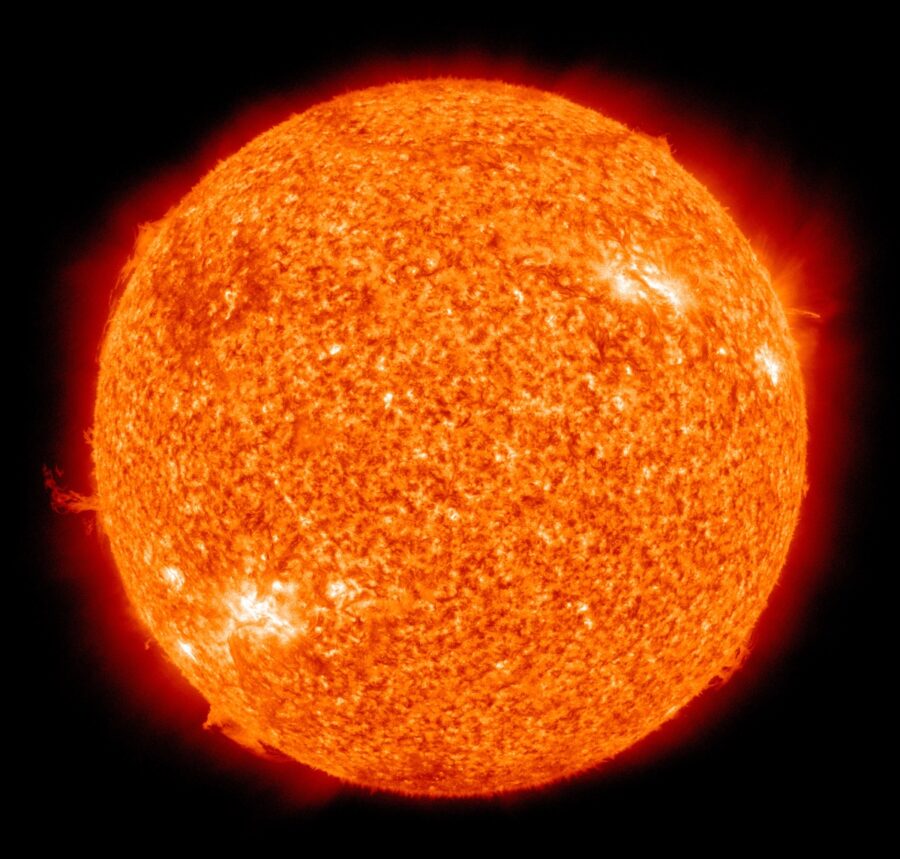A Spacecraft Just Touched The Sun For The First Time
A vehicle has made a pass across the Sun, becoming the first man-made spacecraft to come this close to its fiery atmosphere.
This article is more than 2 years old

If you are looking for some news that sounds like it came right out of a science-fiction movie, look no further than what was just announced this week, that a man-made spacecraft had flown somewhere no vehicle had gone before. Getting a little hot under the proverbial collar, we have word that a spacecraft was the first one to actually “touch” the Sun, making contact with a region of the Sun’s atmosphere that hadn’t been broached before. In a report through Science Alert, NASA’s Parker Probe was reported to have made contact with the Sun’s solar corona, part of the flaming hot orb’s atmosphere.
The Parker Probe glancing across the Sun’s atmosphere was part of a larger mission that actually started more than three years ago. The probe’s goal is to get closer and closer to the Sun, making subsequent passes in order to send back data about solar activity and the magnetic fields in the area. The goal is to help scientists and astronomers more closely investigate the heart of the solar system and determine some of the history behind its creation. The Sun is obviously a key (the key) piece of this.
This latest pass by the Sun by the Parker Probe wasn’t the first and won’t be the last. It represented the closest any man-made craft had come, sitting it more than 5.8 million miles from the actual surface. In this respect, there is some distance still to go. But this latest pass was a good test of the efficacy of the craft’s heat shields which are obviously needing to withstand heat in ranges that are well beyond comprehension. The Sun’s solar corona can reach temperatures over 2,000,000 degrees Fahrenheit. Perfect for fall grilling. It’s interesting to note that this region of the Sun’s atmosphere actually burns hotter than the Sun’s surface, something that has proved perplexing for scientists studying it. This mission, in part, is to determine why that is the case. And the difference is stark, relatively speaking with the surface *only* burning at 10,000 degrees F.

In all, this is the 10th pass the Parker Probe has made across the Sun but the first one to actually enter the atmosphere. It is measuring solar winds as well as dust in the environment in the area, giving new insight into the inner workings of the star. And this won’t be the last time the Parker Probe touches the Sun. It’s set to make another pass at the end of the year, sending back for data to folks at NASA and Johns Hopkins who are running the mission.
In all, the Parker Probe mission will make passes across the Sun’s atmosphere over the course of seven years. The shields built into the craft are, obviously, meant to withstand major heat while also ensuring the instruments and mechanisms inside aren’t corrupted. And it’s going to be timed with an uptick in solar activity which will peak in the next couple of years. There are sure to be groundbreaking insights made from the information the probe sends back over the next couple of years.












